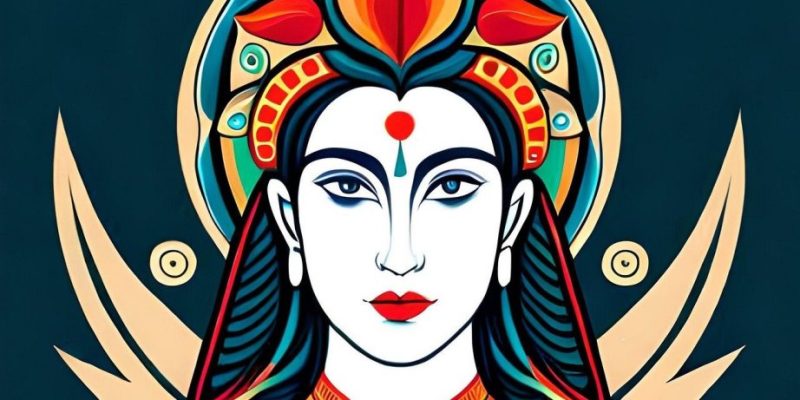 |
| Taj Mahal |
Taj Mahal the wonder of the modern world , is one most popular mausoleum of Asia.Every person who came to India must visit Taj Mahal " Dream in White Marble ". It was built by the Mughal emperor Shah Jahan in memory of his most loveable wife Mumtaz Mahal in 1648 A.D at Agra. Construction began in 1631 A.D and was competed in 22 years by 20,000 workers and Architects .
The principal Architect of Taj Mahal was Ustad Ahmad Lahauri , Abd-ul-Karim and Makramat Khan.It was built on the bank of river Yamuna , in the south of Agra.The TAj mahal was constructed using materials form all over the Indian sub continent .While marble from Makrana , Rajasthan , Jasper from Punjab, crystal from China.The turquoise was from Tibet and Lapis Lazuli from Afghanistan and carnelian from Arabia.
Sculptors and calligraphers are called from Bukhara, Syria and Persia.This Grand design was completed in 1648 A.D.The Taj Mahal incorporates Persian architecture and Mughal Architecture.
It was declared UNESCO World Heritage site in 1983 A.D.Taj Mahal attracts huge number of tourists almost 5 million people visits Taj Mahal every year.It is one of most romantic tourist places in all over the world .
Some quotation on Taj
“Tear on the face of eternity”
Rabindranath Tagore"The sight of this mansion creates sorrowing sighs and makes sun and moon shed tears from their eyes. In this world this edifice has been made to display, thereby, the Creator's glory."
Shah Jahan (Badshah Nama)
"If I had never done anything else in India, I have written my name here, and the letters are a living joy."
Lord Curzon, the British Governor-General
 |
| Taj Mahal Ariel View |
"A massive marble structure, without weight, as if formed of ether, perfectly rational and at the same time entirely decorative, it is perhaps the greatest art work which the forming spirit of mankind has ever brought forth."
German Philosopher, Count Hermann Keyserling
 |
| Taj in Morning |
I think Shah Jahan and Mumtaz Never imagined that They and their creation will be become the Symbol of Love all over the world up to Eternity !














